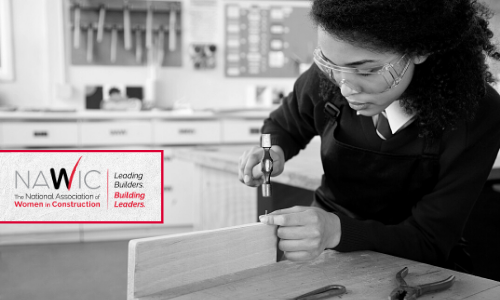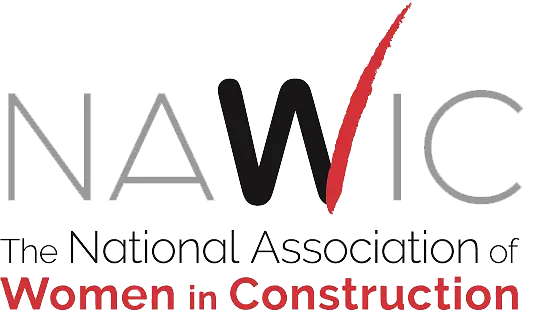Programs, Initiatives, and Schools that Support Women in Construction

Programs, initiatives, and schools that support women in construction
Although there has been a massive push to bring more women into the construction industry, women in construction currently only make up roughly 10% of the workforce. Many of these roles are managerial, with very few women working onsite or in the trades. In fact, only half of the 40 trades listed under construction categories currently have enough women employed to even register a meaningful percentage within official records.
Several factors have influenced these statistics over the years, but one way to grow these numbers is to provide more educational resources for the current and future generations of women in construction. From universities with construction and engineering focuses, to initiatives that push for providing women and young girls with opportunities to succeed in traditionally male-dominated fields, there has never been a better time for women to join the construction industry.
Initiatives designed to promote women in construction
There are a growing number of government-led or state-run programs that aim to not only give women the opportunity to enter construction-related careers, but that also promote workplace diversity. In 2018, the U.S. government allocated $1.4 million through the Department of Labor to the Women in Apprenticeship and Nontraditional Occupations (WANTO) program. WANTO works to fund community-based programs that help women enter the construction industry in addition to helping employers create working environments that allow women to succeed just as equally as men.
Private and federal grants are also available for schools that promote science, technology, engineering, and math (STEM) programs for children and young adults.
Top universities that promote women in STEM
STEM careers have traditionally favored men. In recent years, however, there has been a rise in the number of female applicants to programs in STEM categories, and subsequently more women in STEM-related jobs. This is thanks to some of the government initiatives mentioned above but can also be attributed to the number of colleges and universities promoting a diverse group of applicants within their degree programs. Within the STEM category, there has also been a huge increase in female applicants for civil and mechanical engineering programs. Many applicants who earn degrees in civil or mechanical engineering go on to work within the construction industry in various roles.
Here are some of the best universities, colleges, and schools for women in construction as it relates to female representation in both students and staff as well as in quality of education.
• University of California, Davis – touts a 56% female enrollment
• Cornell University – rated second in the country for female STEM universities by Forbes
• Stanford University – rated third in the country for mechanical engineering by U.S. News
• Franklin W Olin College of Engineering – a small, private college that only offers three majors in engineering
• South Dakota School of Mines and Technology – well-known for its diverse STEM programs, especially mechanical, electrical, industrial, civil, and chemical engineering
Even more schools and programs that get the NAWIC stamp of approval can be found here.
How women in construction can benefit from apprenticeships and trade schools
Traditional education can be a challenge for many, often due to cost or available time. Trade schools or technical institutes are an excellent avenue for women to gain the education they need to succeed within the industry, as they typically require less schooling. These concentrated programs required for a career in skilled trades typically only require two years’ worth of classes, which cuts down on both the amount of time and money needed to jumpstart a career in construction. Apprenticeships also offer a streamlined path towards education for women in construction. These opportunities combine on-the-job training with classroom instruction all while providing the apprentice with a paying job. Women who find an interest in construction later in life or after receiving an unrelated degree can benefit from apprenticeships as the training is completely industry-based and relevant within the current workforce, helping to build a resume while exploring what the industry has to offer.
How NAWIC supports the education of women in construction
One of NAWIC’s biggest initiatives in supporting women in construction is providing education resources. Our NAWIC Founders Scholarship Program awards over $100,000 annually in financial help to students pursuing careers in construction. Eligible concentrations include all sectors of the construction industry from specific trades to project management. Several of our chapters provide scholarship opportunities on a local level as well.
The National Association of Women in Construction now has over 117 local chapters across the United States, which makes it very easy for female builders to connect with our network of professionals. Membership is open to all construction women and NAWIC is able to provide members with amazing resources to help them gain confidence in their abilities and develop more leadership skills. Any female builders interested in becoming a NAWIC member can apply for membership by using either the online form or downloadable application to fill out and mail in – both of which are available on the NAWIC website. There are also several membership options available with flexible pricing and membership terms. To learn more about the female builders and powerful construction women involved in NAWIC or if you have any questions about membership, contact us through our social media pages.


